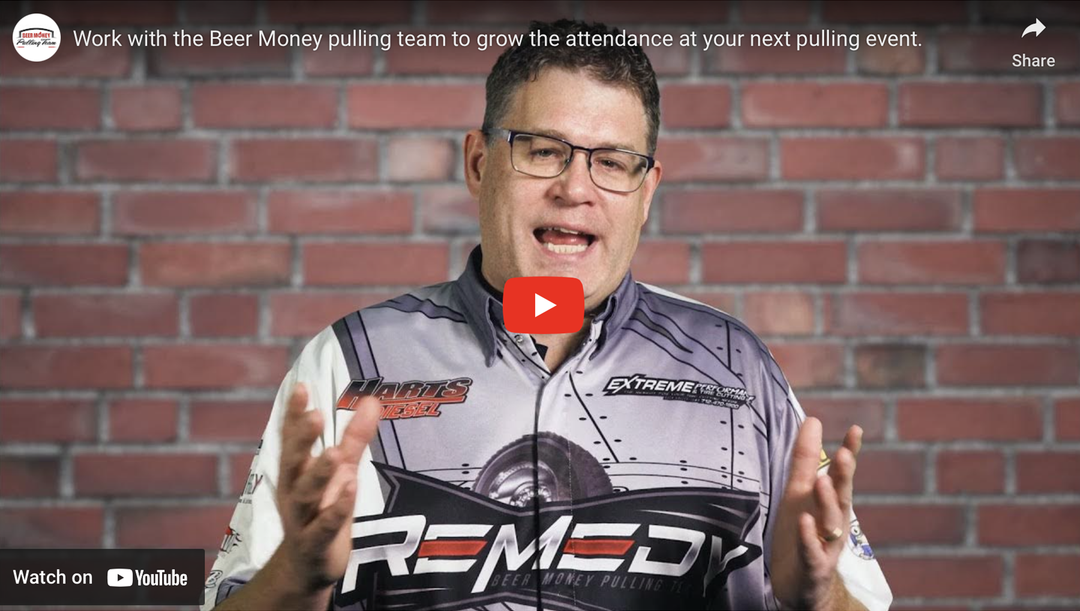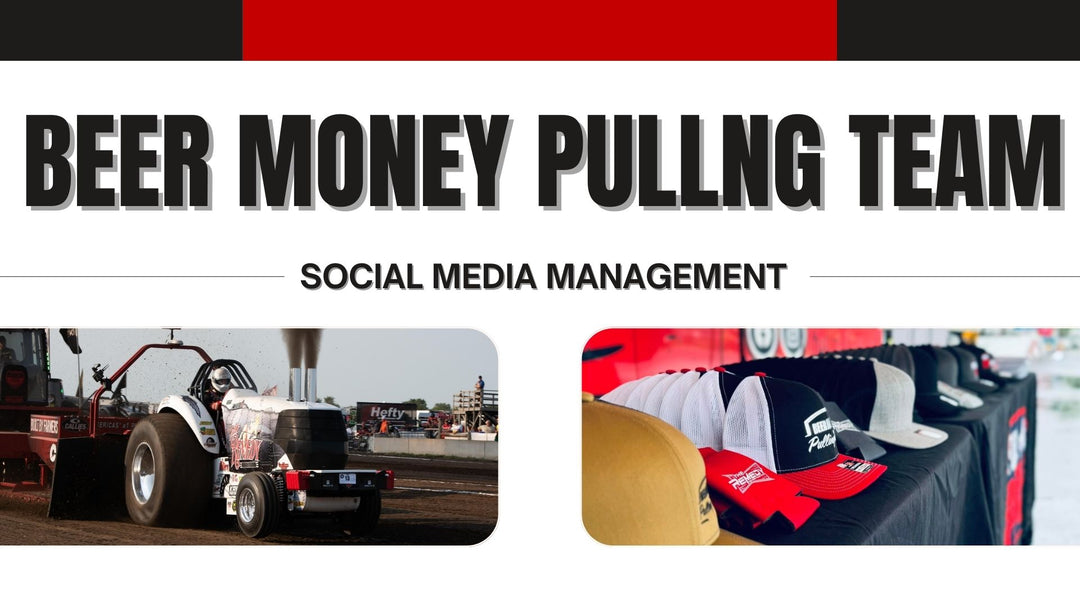Weighting on the Next Fad in Pulling

The inspiration for this week’s article came from the most green and novice of fans. I posed a simple question to a group of young minds who were essentially entirely unfamiliar with our sport: What do you think is the most important aspect when it comes to pulling a sled? Surprisingly, my audience responded with three very intelligent and adept responses. One person shouted out, “tires!” another replied with, “engines!” and finally a third said, “no, it’s gotta be weight.” Either I have surrounded myself with some observant individuals, or our sport really, at it’s heart can be boiled down to a simple Holy-Trinity. Traction. Power. Weight. I think any driver would agree that all three are going to completely play to their advantage and are entirely necessary when dragging the sled to its maximum distance.
My pool of peers quickly turned into a group of debaters however, as they immediately began to discuss which of their three ideas they felt was most essential to success in pulling. Keep in mind these are people who have never attended a tractor pull in real life, and are just speaking off their basic knowledge of physics and plentiful knowledge of common sense. As I sat back and listened (not something I do very often, I’ll admit), I couldn’t help but notice that indirectly they were basically naming off the various trends and fashions we have seen sweep our sport over the years. The fellow who claimed engines went first, proclaiming it to be a simple matter. More power equals more distance. The stronger something is, the more weight it can move. I stoked his enthusiasm and brought up pictures of Adam Bauer’s “Cross Threaded” unlimited modified as well as pictures of days gone by from the Bantner Brother’s 7-engine setup. We talked numbers. How could you ever stop something with more than 10,000 horsepower? Pullers, it seems, over the years have completely agreed with this. More is, well, more. We have seen mods with as many as 5, 6, or even 7 engines strapped to the chassis through the ages.
The tires guy stopped him in his tracks. Pun, fully intended, when he began discussing traction to power ratios. Noting that too much power simply resulted in an inability to consistently gain traction and transfer power to the ground. Comparing it to gunning the gas from a dead stop while sitting on ice, he noted that traction, friction, and tires were probably just as important, if not more important than power itself. Let’s look at what we have seen in pulling over the past five years. When Mitas tires popped on the scene, the tire wars were on. Everyone stopped talking about power, and focussed, entirely it seemed on tires. If you weren’t running a new tire setup, you western’t competing. Pro-pullers responded with new styles, and we even saw new developments in the two wheel drive and mini rod tires. Suddenly everyone was talking tire brand, tire cutting, and tire pressure. At the exact same time we started seeing three engine mods competing in the modified and unlimited divisions. Four wheel drive truck pullers were reigning in the mountain motors and building more and more 650 cubic inch machines. The latest fad is that power seems secondary to traction and tires.
This then naturally lead to some sub-topics like torque, and speed, and hitch height, and soil composition, and sled settings, and all the natural things that come with pulling. But at its most basic, the three were able to identify pullings biggest factors: power, traction, and weight. Power has been back and forth in its trends, and always will be. The same can be said for tires. Ever developing, and ever changing. So that leaves us only one. The one that is probably the true advantage and father of the trinity: weight. We gathered over my mobile device to watch a 110 horsepower Case steam traction engine hooked to a pulling sled. 110 horse power. Steel tires. 20 tons. The only thing this machine has IS weight. The sled couldn’t stop it. Was it fully loaded, or a simple exhibition? Not sure. But the example holds. Weight is king. Classes make adjustments on horsepower, cubic inch, chargers, tires, etc. all the time. Weight is the true ruler of a class in pulling, because weight is the ultimate advantage. I promise you if you walked through the pits and offered any puller more power or more weight, the vast majority would take more weight all day long.
Why is pulling the greatest motorsport on earth? Because it is so simple in theory, and so complex in practice. You need all three to move the wagon. Power. Traction. Weight. But you also need so much more to go right. Heck, the time of day, and amount of sunlight on the track can make the difference between a successful pass and a last place finish. Parts have to hold together. Mechanics have to be perfect. Drivers have to be skilled. Tracks have to be read. Sled operators have to be precise. Fads will come and go a thousand times over, as the sport ever evolves, but like a great constant in an ever changing world, weight will always be king. Which fad will we see next? I guess we will just have to “weight” and see.
Green Flags and Tight Chains.
Pullin’ is Fun.










